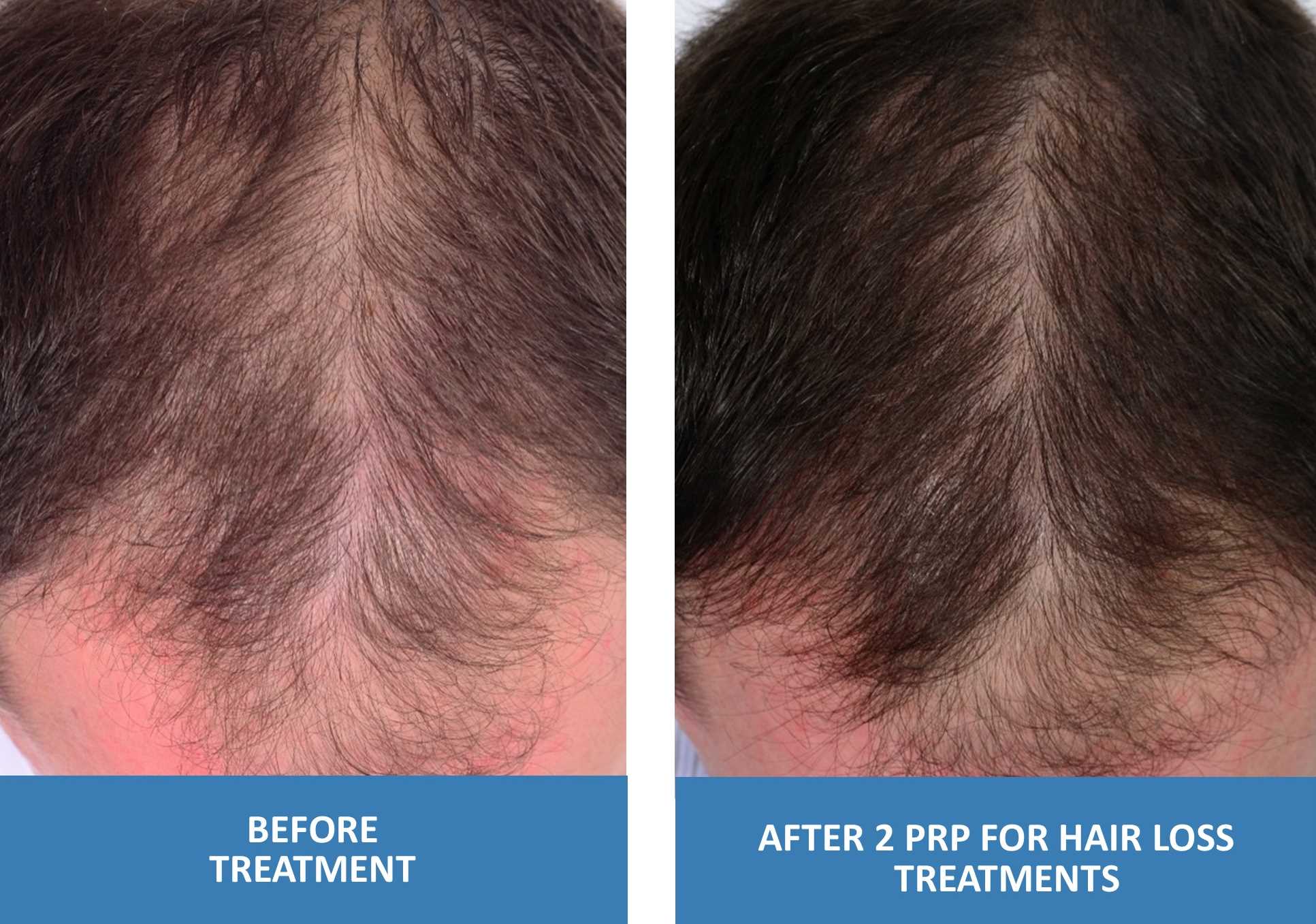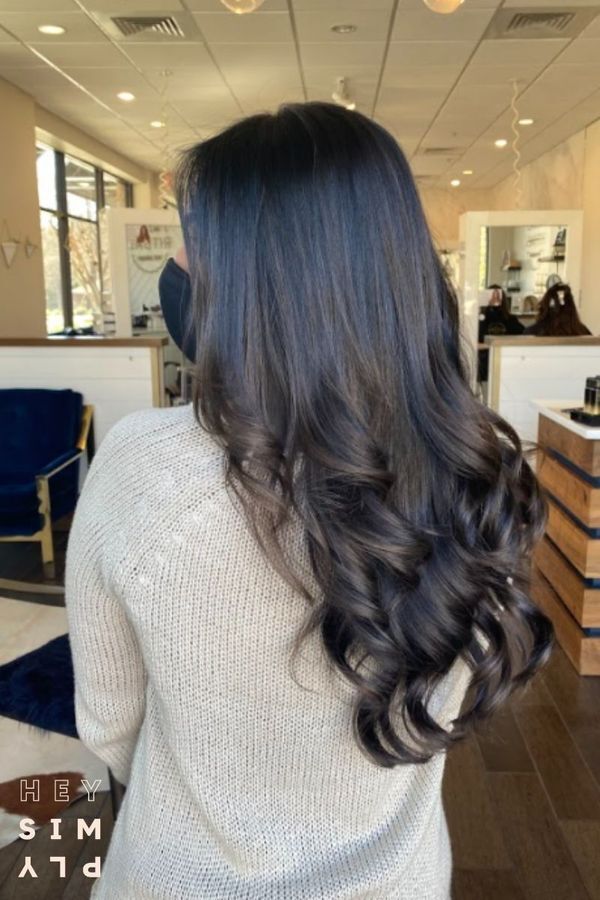Table Of Content

If you’re unsure about whether PRP therapy is right for you, speak with a healthcare professional. PRP therapy injects platelet-rich plasma cells into the affected area of your scalp. Besides, individual suitability also matters when choosing between GFC and PRP treatment. The best way to know the better alternative between GFC and PRP, specifically in your case, is to consult a dermatologist and know what’s right for your condition. Most people need several sessions of PRP to see results and require ongoing maintenance sessions every six to 12 months.
Results of PRP for Hair Loss

His pursuit of perfection led him to the L'Oréal Academy, where he specialized in color and later took on roles as a trainer and branch manager. By Lindsay CurtisCurtis is a writer with over 20 years of experience focused on mental health, sexual health, cancer care, and spinal health. While seeking lower-cost alternatives may be tempting, choose a reputable provider with specialized training to ensure your safety and achieve the best possible results.
PRF vs PRP: Similarities and Differences in Treatment
Ostad told me I was just about the perfect candidate for the PRP hair loss treatment procedure. According to RealSelf, a resource site for information and reviews on cosmetic procedures, the average cost of hair restoration by way of PRP injection is about $2,150. Increasing clinical evidence suggests PRP can help patients with hair loss. Most PRP studies report following up with patients for up to six months after their procedure. After that point, we have limited data, but ongoing research can tell us which patients benefit most from PRP, which don’t, and why. We will draw a sample of your blood, then spin it in a centrifuge to separate the platelets.

How does PRP therapy work?
PRP therapy has been used for decades for wound and injury healing, but it is a relatively new treatment for hair loss. Recent research suggests that while not everyone is a candidate, PRP injections can increase hair growth and hair density in people with hereditary hair thinning or baldness. Androgenetic alopecia, or female pattern hair loss, is the most common cause of thinning hair in women worldwide, per the American Academy of Dermatology (AAD). For this reason, a person would need to receive multiple PRP treatments over time to maintain hair growth results. The same is true of medications that doctors commonly use to treat androgenetic alopecia, such as topical minoxidil (Regaine) and oral finasteride (Propecia).
And, there are virtually no side effects from PRP, except for a mild feeling of pressure at the injection site, says dermatologist Shilpi Khetarpal, MD. And your own blood may not have rich enough concentrations of platelets to be fully effective for restoring your hair through PRP injection therapy. Aside from treating male pattern baldness, there isn’t a ton of research on PRP for hair growth, and it isn’t entirely conclusive. Certain changes to the diet and daily routine may help promote hair growth or prevent hair loss. The authors of an additional review of clinical studies, which the International Journal of Women’s Dermatology published, considered PRP to be a “promising” treatment for hair loss, based on their findings.
What? Another medical form to fill out?
We offer topical numbing, ice, and a vibration device to help alleviate any discomfort. People who are afraid of needles may be hesitant, but the needles are very, very small,” explains Nassif. Shampoos are easily the most sold products over the counter against hair loss. However, there is a huge mismatch between the amount of scientific literature available and the number of shampoos marketed for hair loss.
Advanced Hair Studio
Let’s get into what exactly the research says about the success rate for PRP treatment for hair loss, whether PRP has any side effects, and what results you can expect. Researchers have found evidence that PRP can lead to renewed hair growth. However, due to the limitations of these studies — such as small sample sizes — and the variation in technique and protocol among doctors, further research is necessary to confirm whether PRP is effective.
Platelet-rich plasma is a safe and effective treatment for mild to moderate hair loss. Although it could either be administered alone as a monotherapy, the best response is seen when it is combined as adjunctive therapy with FDA-approved treatments like minoxidil and finasteride. In a literature review of 12 studies for PRP in the cases of hormonal hair loss, 10 showed successful outcomes, whereas two studies, one of them only with female subjects, failed to notice an improvement in hair growth.
Use of Platelet Rich Plasma in Hair Disorders
Female Pattern Hair Loss Treatments That Work — & The Ones That Don't - Bustle
Female Pattern Hair Loss Treatments That Work — & The Ones That Don't.
Posted: Tue, 27 Sep 2022 07:00:00 GMT [source]
Platelet-rich plasma (PRP) therapy for hair loss is a minimally invasive treatment that uses a person’s own blood to promote hair growth. PRP injections are rich in proteins called growth factors, which may stimulate dormant hair follicles when injected into the scalp, encouraging hair regeneration. PRP can be used as a new therapeutic option for hair loss including androgenetic alopecia and female pattern hair loss, either as a monotherapy or an adjuvant to conventional therapy or hair transplantation.
A 2017 study out of Italy also found male patients had increased hair and density in areas where doctors used PRP therapy. Research also suggests that PRP injections can help treat androgenic alopecia (male pattern baldness). And there are seemingly hundreds of different hair loss treatments with varying levels of reliability and success. The doctor’s recommendations for how often a person should have PRP will vary depending on a person’s condition and the results of their initial treatment. The doctor may suggest having maintenance injections every 3–6 months once hair loss is under control.
It took me 1 Year to decide whether I wanted to go through with the hair restoration procedure using a Natural Looking Hair piece. I did a lot of research and consulted with many people who had done the procedure. Platelet Rich Plasma therapy consists of a three-step process, and almost all PRP therapy requires three treatments 4-6 weeks apart. Patience and consistency with your PRP sessions are crucial to seeing changes to your hair regrowth and achieving the desired results. There are two main scenarios that can happen whenever a patient experiences more shedding after their PRP treatment session. Finally, keep in mind that the same healthy habits recommended for maintaining your physical health will also help your hair.


No comments:
Post a Comment